Growth boosted by exports and real estate
The report noted that after a gloomy period in 2023, the Vietnamese economy has shown clear signs of recovery thanks to strong external demand. Exports of goods and services increased by 15.5% in 2024. Along with that, the real estate sector also recorded signs of recovery thanks to more attractive home loan interest rates and increased new project supply, creating momentum for domestic private investment.
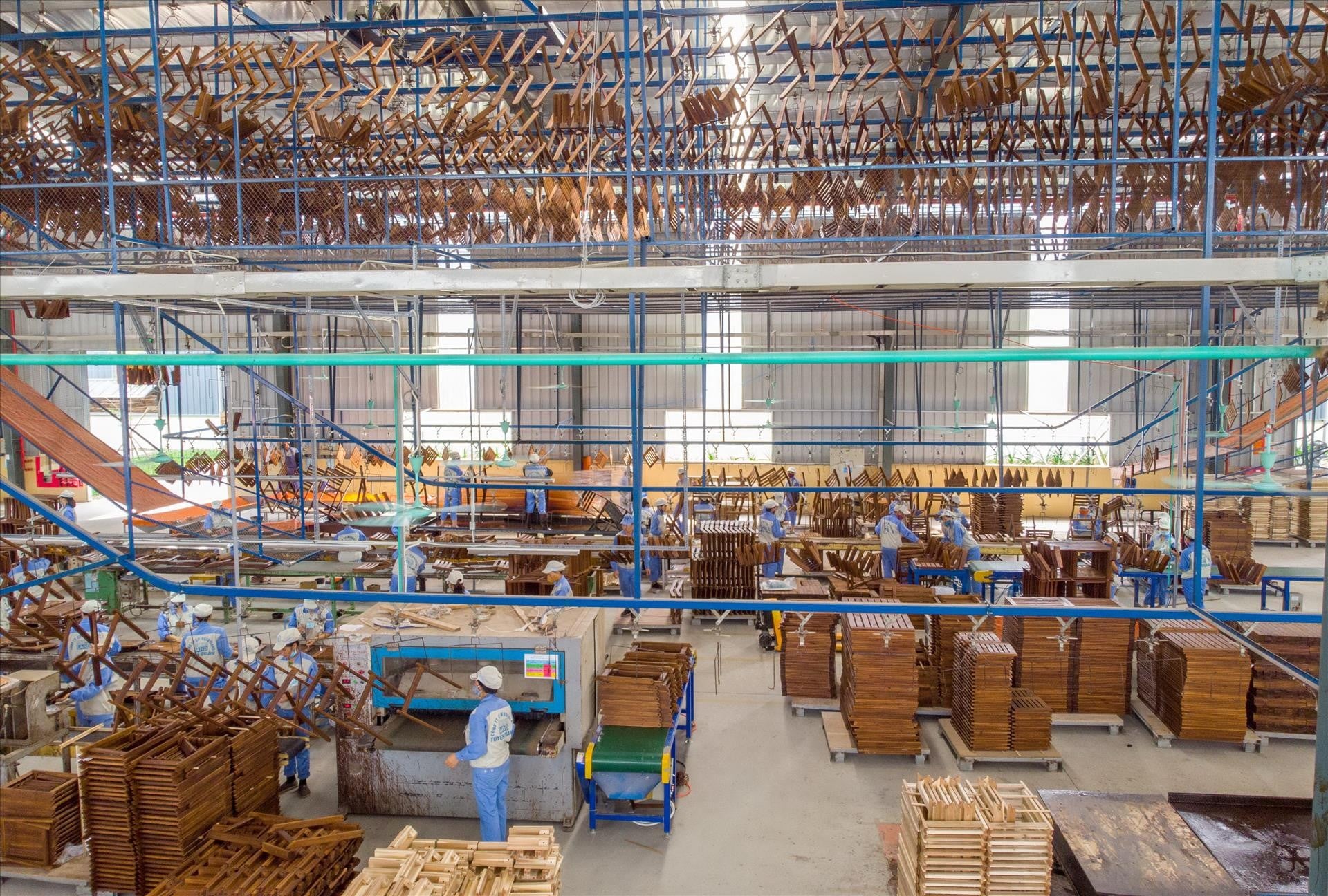 |
| Illustration photo. (Source: Internet) |
Growth in these sectors has been accompanied by an improvement in the labor market. Manufacturing employment growth accelerated to 3.4% (year-on-year) in November 2024, compared to a decline of 2.3% a year earlier. Real earnings grew by 4.8%, significantly faster than 1.3% in 2023, driven by improving labor market conditions and upward revisions in public sector wages.
However, income growth has not fully translated into domestic consumption as the savings rate remains high, reaching 37.2% in 2024.
External risks cloud 2025 outlook
Despite stable growth, the World Bank (WB) warned that Vietnam's economy is facing significant risks from the external environment. With total import-export turnover equivalent to nearly 170% of GDP, Vietnam is vulnerable to fluctuations in global trade policies. The US is currently Vietnam's largest export market, accounting for 30% of total turnover, while China remains the main source of imports (38%).
Amid heightened uncertainty, consumer confidence may continue to weaken, leading to lower consumer spending. Meanwhile, risks in the financial sector remain. While the government has fiscal space to stimulate demand, the implementation of support measures may be hampered by persistent slow disbursement of public investment.
The World Bank warned that external risks - such as adverse changes in trade policies, lower-than-expected global growth and high levels of uncertainty in global policies - could slow export momentum as well as private investment flows, including foreign direct investment (FDI).
Despite the risks, the report finds that poverty in Vietnam continues to decline. The proportion of people living on less than $3.65 a day (the lower-middle-income poverty line) is forecast to decline from 3.8% in 2024 to 3.6% in 2025. However, slowing agricultural growth could limit the impact of poverty reduction among the poorest quintiles.
Policy needs to target public investment and structural reform
The World Bank report recommends three policy directions to enhance resilience: taking advantage of new technology to improve productivity and create jobs (as in Malaysia and Thailand); reforms to promote competition, especially in the service sector (typically in Vietnam); and expanding international cooperation to strengthen economic strength.
World Bank Vice President for East Asia and the Pacific, Manuela V. Ferro, assessed that countries in the region have opportunities to improve economic prospects by promoting investment in new technology, implementing strong reforms and enhancing international cooperation.
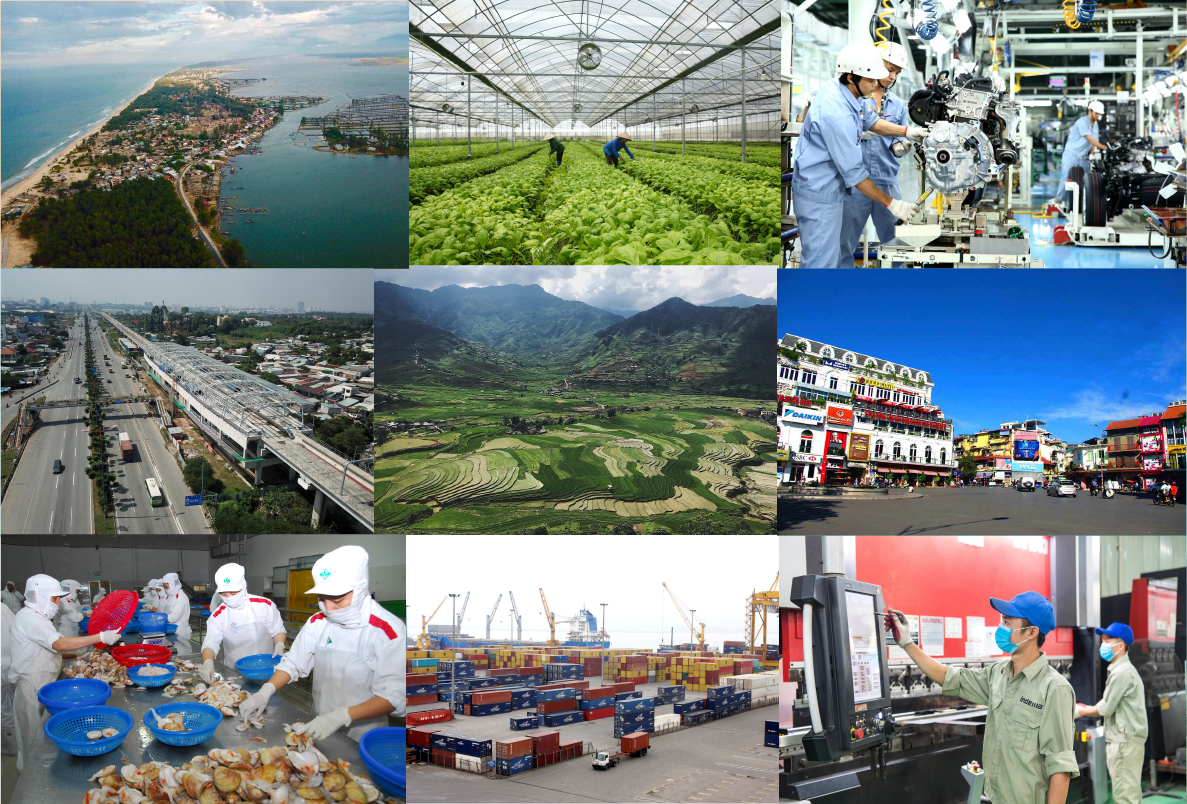 |
| Illustration photo. (Source: Internet) |
Economists also said that upcoming policy measures should focus on expanding public investment to address infrastructure bottlenecks, along with efforts to mitigate potential risks to the fiscal sector and promote structural reforms.
While the room for monetary policy intervention is currently limited, fiscal policy remains an important tool to support economic growth. For credit institutions, further steps to mitigate risks and vulnerabilities in the financial system remain key. This will contribute to strengthening the resilience and stability of the entire financial sector. In addition, institutional reforms are needed, especially in the areas of infrastructure such as telecommunications, electricity and transport.
The World Bank forecasts that Vietnam’s medium-term growth outlook remains positive, with GDP estimated to rebound to 6.1% in 2026 and 6.4% in 2027. To realize this potential, Vietnam needs a more stable international economic environment, along with domestic reform efforts to boost productivity, invest in human capital, and green the economy.
Source: https://thoidai.com.vn/kinh-te-viet-nam-2025-vung-da-phuc-hoi-doi-mat-nhieu-thach-thuc-tu-ben-ngoai-213002.html


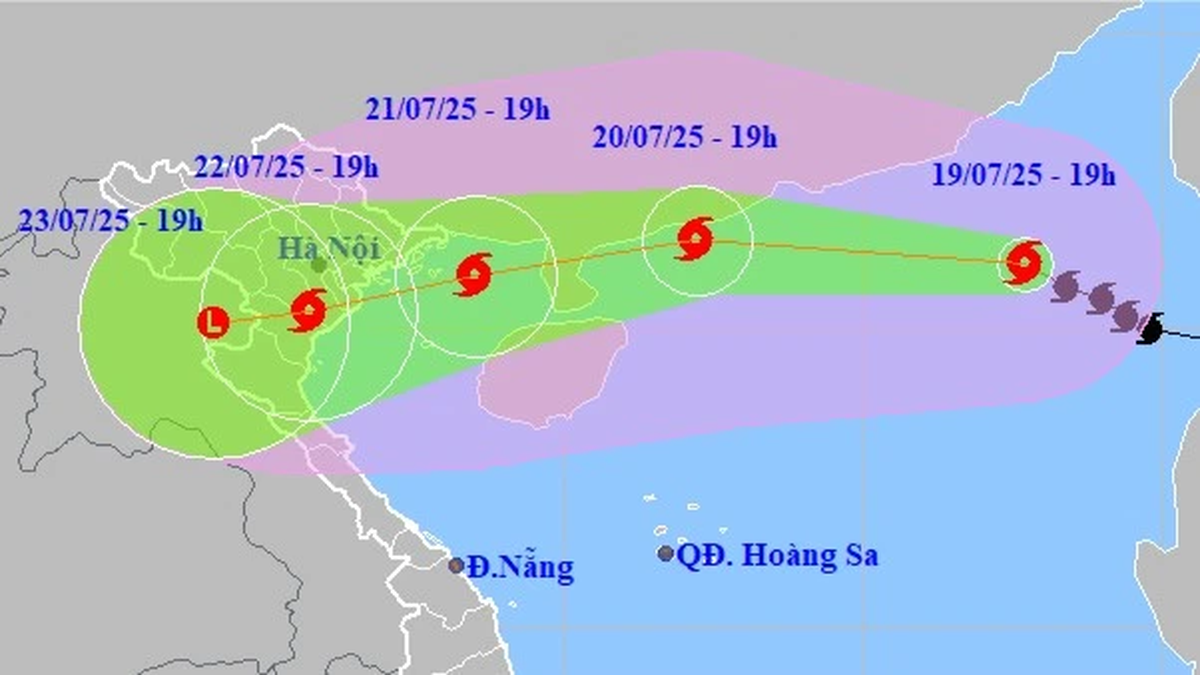
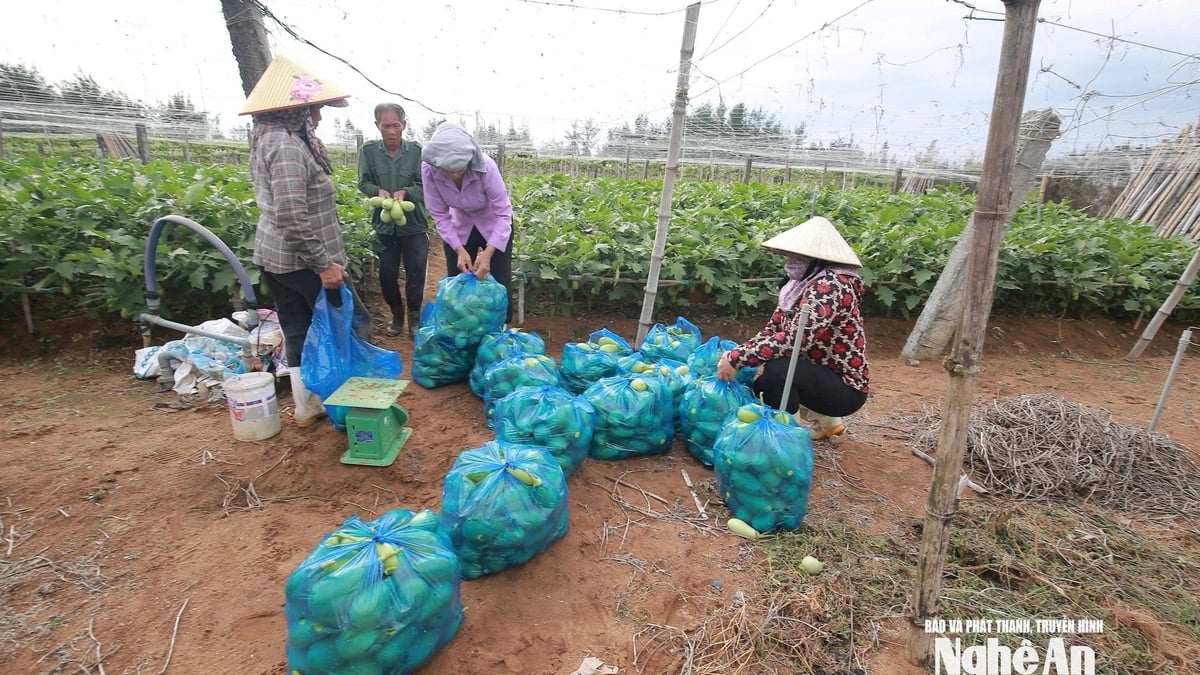

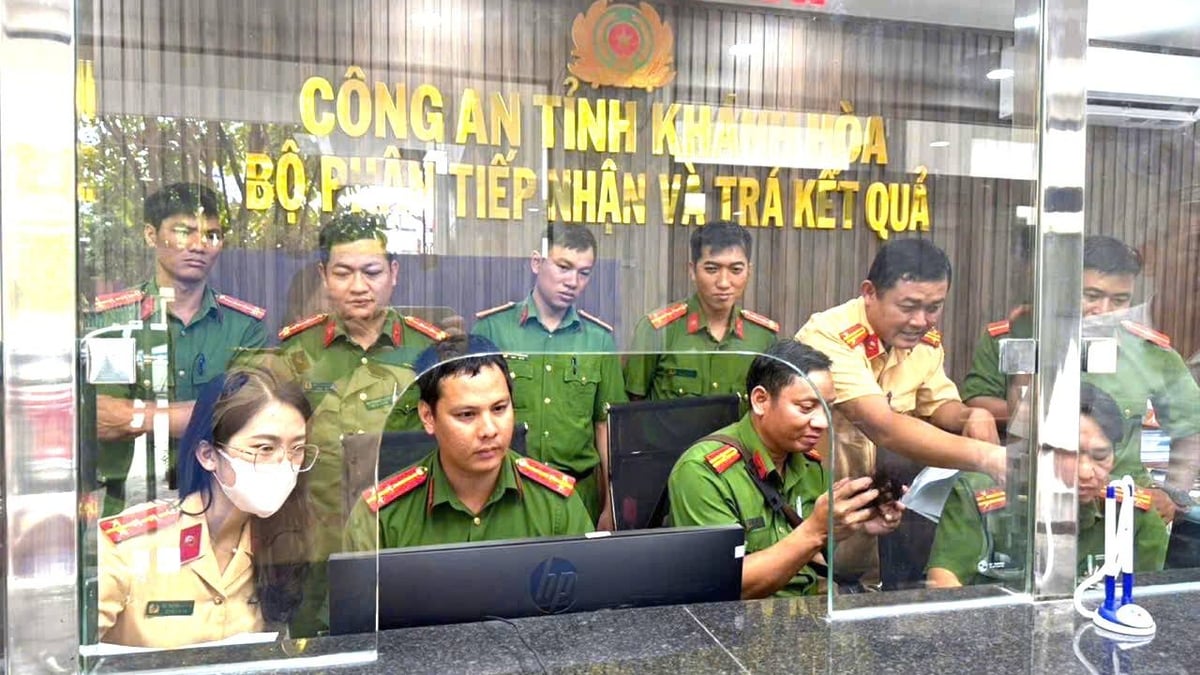




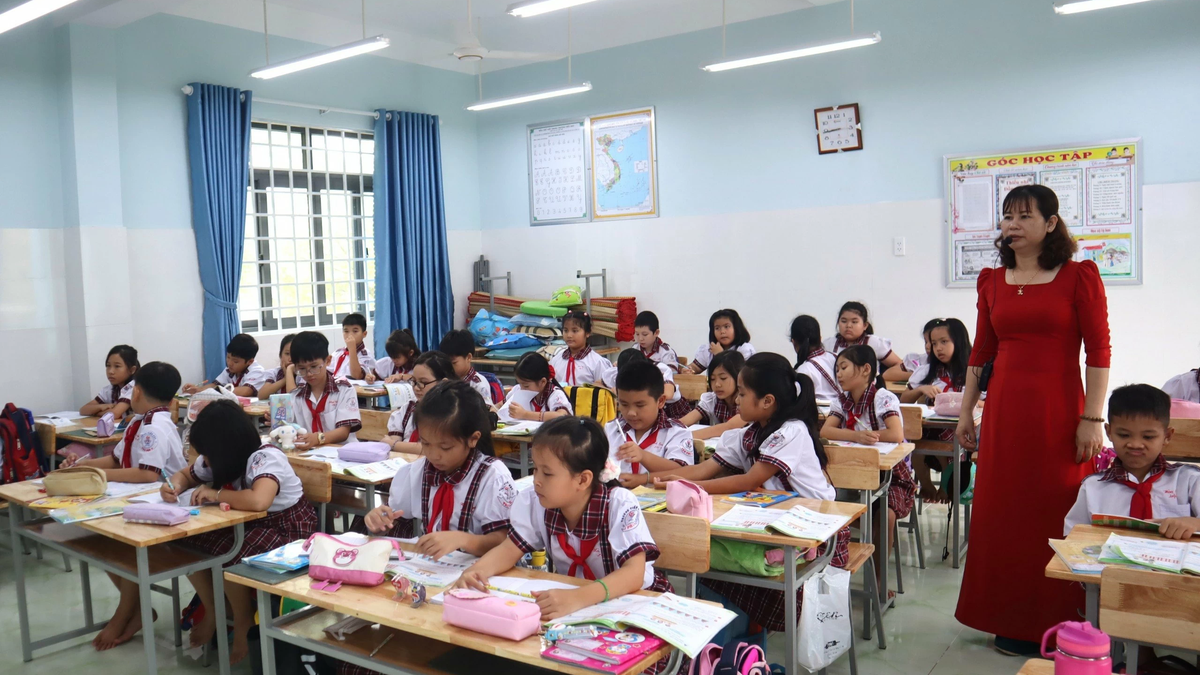















![[Photo] National Assembly Chairman Tran Thanh Man visits Vietnamese Heroic Mother Ta Thi Tran](https://vphoto.vietnam.vn/thumb/1200x675/vietnam/resource/IMAGE/2025/7/20/765c0bd057dd44ad83ab89fe0255b783)


































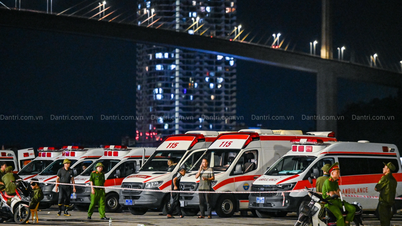


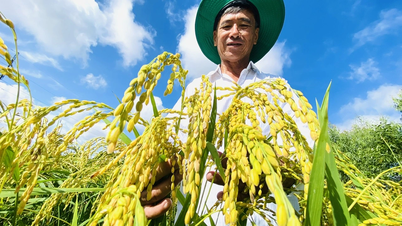

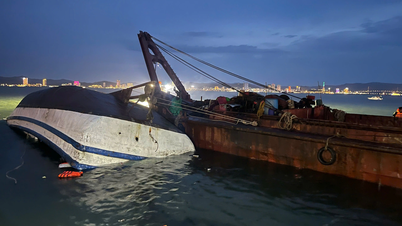

































Comment (0)